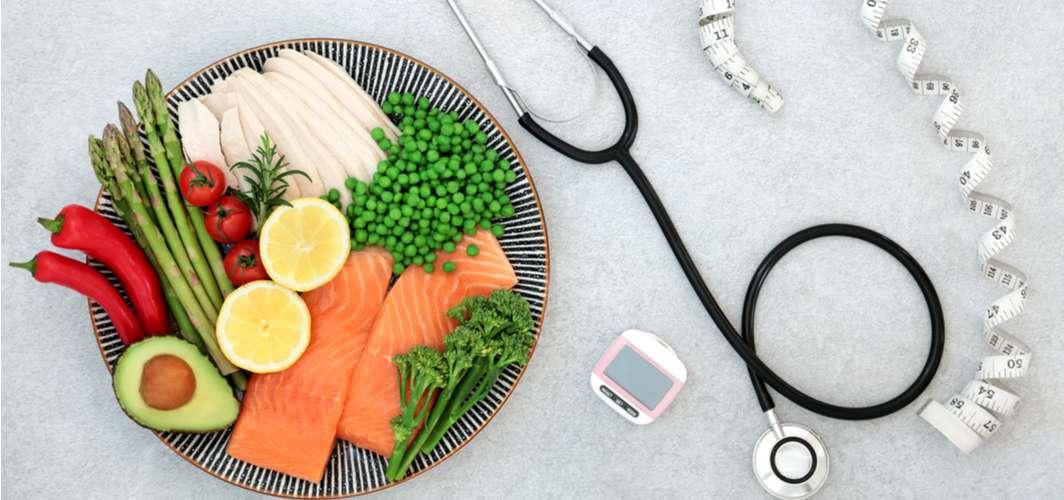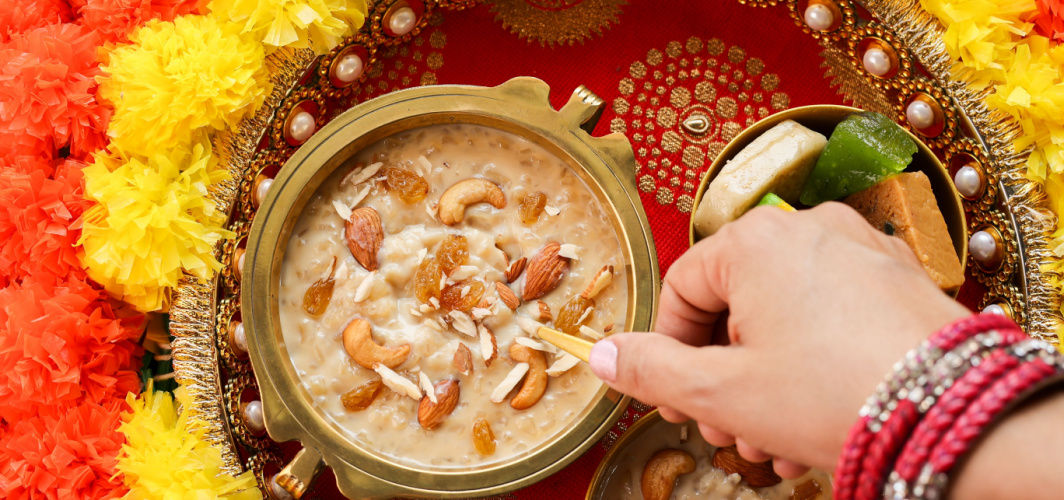Diabetes Management
Can Diabetes Worsen Non-Alcoholic Fatty Liver Disease?
2 min read
By Apollo 24|7, Published on - 11 September 2023, Updated on - 14 September 2023
Share this article
0
0 like

Non-Alcoholic Fatty Liver Disease (NAFLD) is a prevalent liver condition marked by excess fat accumulation, unrelated to alcohol consumption. It's widely known that diabetes, particularly Type 2 diabetes, elevates the risk of NAFLD. In this blog, we'll explore the link between diabetes and NAFLD, and the mechanisms behind this connection.
What is NAFLD?
NAFLD includes various liver problems, ranging from a basic condition of having extra fat in the liver (steatosis) to a more serious one called non-alcoholic steatohepatitis (NASH). While its exact cause isn’t fully understood, several risk factors include
- Obesity
- Metabolic syndrome
- Diabetes
What is the Connection between Diabetes and NAFLD
Diabetes can exacerbate Non-Alcoholic Fatty Liver Disease (NAFLD) by increasing the risk of liver inflammation and other complications.
1. Insulin Resistance: Diabetes and NAFLD are closely linked due to insulin resistance. In Type 2 diabetes, cells become less responsive to insulin, leading to elevated blood sugar levels. Insulin resistance also affects the liver, causing increased glucose production and fat storage.
2. Inflammation: Diabetes is associated with chronic inflammation. Inflammatory processes can exacerbate NAFLD, promoting the progression from simple fatty liver to NASH, a more severe form of the disease. Inflammation worsens liver damage and may lead to cirrhosis and liver cancer.
3. Lipid Metabolism: Both diabetes and NAFLD involve abnormal lipid metabolism. Elevated free fatty acids in diabetes contribute to liver fat accumulation. This excess fat triggers inflammation and oxidative stress, worsening NAFLD.
4. Obesity: Obesity is a major risk factor for both Type 2 diabetes and NAFLD. These conditions often coexist, creating a cycle where each condition exacerbates the other.
Preventing and Managing the Risk
1. Lifestyle Modifications: Diabetics can reduce their NAFLD risk by managing blood sugar levels through diet, exercise, and prescribed medication. Weight loss is particularly effective in improving liver health.
2. Monitoring: Regular monitoring of liver enzymes and function can detect NAFLD early, allowing timely intervention.
3. Medications: Some medications may be prescribed to manage NAFLD in diabetic patients, but lifestyle changes are fundamental to treatment.
Conclusion
The diabetes-NAFLD connection involves complex factors, including insulin resistance, inflammation, and abnormal lipid metabolism. Diabetics should be aware of their heightened NAFLD risk and take proactive steps to manage it. By controlling blood sugar levels, embracing a healthy lifestyle, and working closely with healthcare providers, individuals with diabetes can reduce the risk of NAFLD thereby safeguarding their liver.
Diabetes Management
Consult Top Diabetologists
View AllLeave Comment
Recommended for you

Diabetes Management
Eggplants and Diabetes: A Healthy Addition to Your Diet
Eggplants can be a healthy addition to the diet of individuals with diabetes. Low in calories and carbohydrates, they offer various benefits, including blood sugar regulation due to their fiber content and antioxidant properties. Eggplants also support heart health and weight management. To incorporate them into your diabetes-friendly diet, try grilled or roasted eggplant in salads, hearty stews, or stuffed eggplant dishes. However, it's essential to practice portion control and consult with a healthcare provider or dietitian to personalize your dietary plan.

Diabetes Management
Can Low-Carb Foods Help with Diabetes Remission?
Studies have shown that a low-carb diet can help regulate blood glucose levels, aid in weight management, and reduce the risks of heart disease. To reduce carbohydrate intake, it is recommended to minimize processed foods, and sugary beverages.

Diabetes Management
5 Healthy Snacks for Diabetics During Navratri
Navratri has begun, and individuals with diabetes can easily relish the festive snacks with healthier adaptations. Baked gujiya with whole wheat and coconut-jaggery stuffing, healthy pakoras with vegetable swaps and olive oil, low-calorie thandai using sugar substitutes and nuts, Khandvi made from gram flour and yogurt, and kheer prepared with brown rice, jaggery, and plenty of dry fruits offer tasty options for diabetics. Enjoying the festival while managing blood glucose levels is possible with these diabetic-friendly delights.
Subscribe
Sign up for our free Health Library Daily Newsletter
Get doctor-approved health tips, news, and more.
Visual Stories

8 Fruits That are Incredibly Healthy for Diabetes
Tap to continue exploring
Recommended for you

Diabetes Management
Eggplants and Diabetes: A Healthy Addition to Your Diet
Eggplants can be a healthy addition to the diet of individuals with diabetes. Low in calories and carbohydrates, they offer various benefits, including blood sugar regulation due to their fiber content and antioxidant properties. Eggplants also support heart health and weight management. To incorporate them into your diabetes-friendly diet, try grilled or roasted eggplant in salads, hearty stews, or stuffed eggplant dishes. However, it's essential to practice portion control and consult with a healthcare provider or dietitian to personalize your dietary plan.

Diabetes Management
Can Low-Carb Foods Help with Diabetes Remission?
Studies have shown that a low-carb diet can help regulate blood glucose levels, aid in weight management, and reduce the risks of heart disease. To reduce carbohydrate intake, it is recommended to minimize processed foods, and sugary beverages.

Diabetes Management
5 Healthy Snacks for Diabetics During Navratri
Navratri has begun, and individuals with diabetes can easily relish the festive snacks with healthier adaptations. Baked gujiya with whole wheat and coconut-jaggery stuffing, healthy pakoras with vegetable swaps and olive oil, low-calorie thandai using sugar substitutes and nuts, Khandvi made from gram flour and yogurt, and kheer prepared with brown rice, jaggery, and plenty of dry fruits offer tasty options for diabetics. Enjoying the festival while managing blood glucose levels is possible with these diabetic-friendly delights.